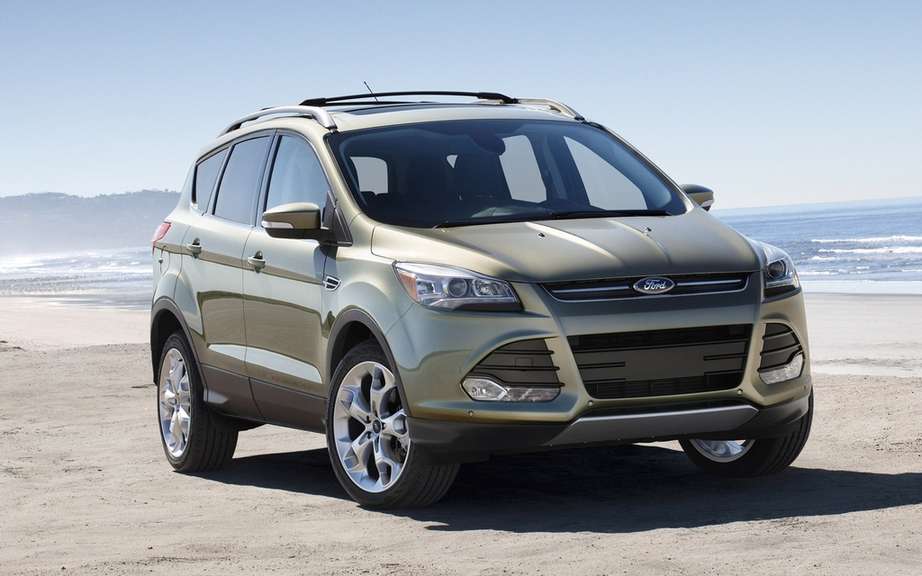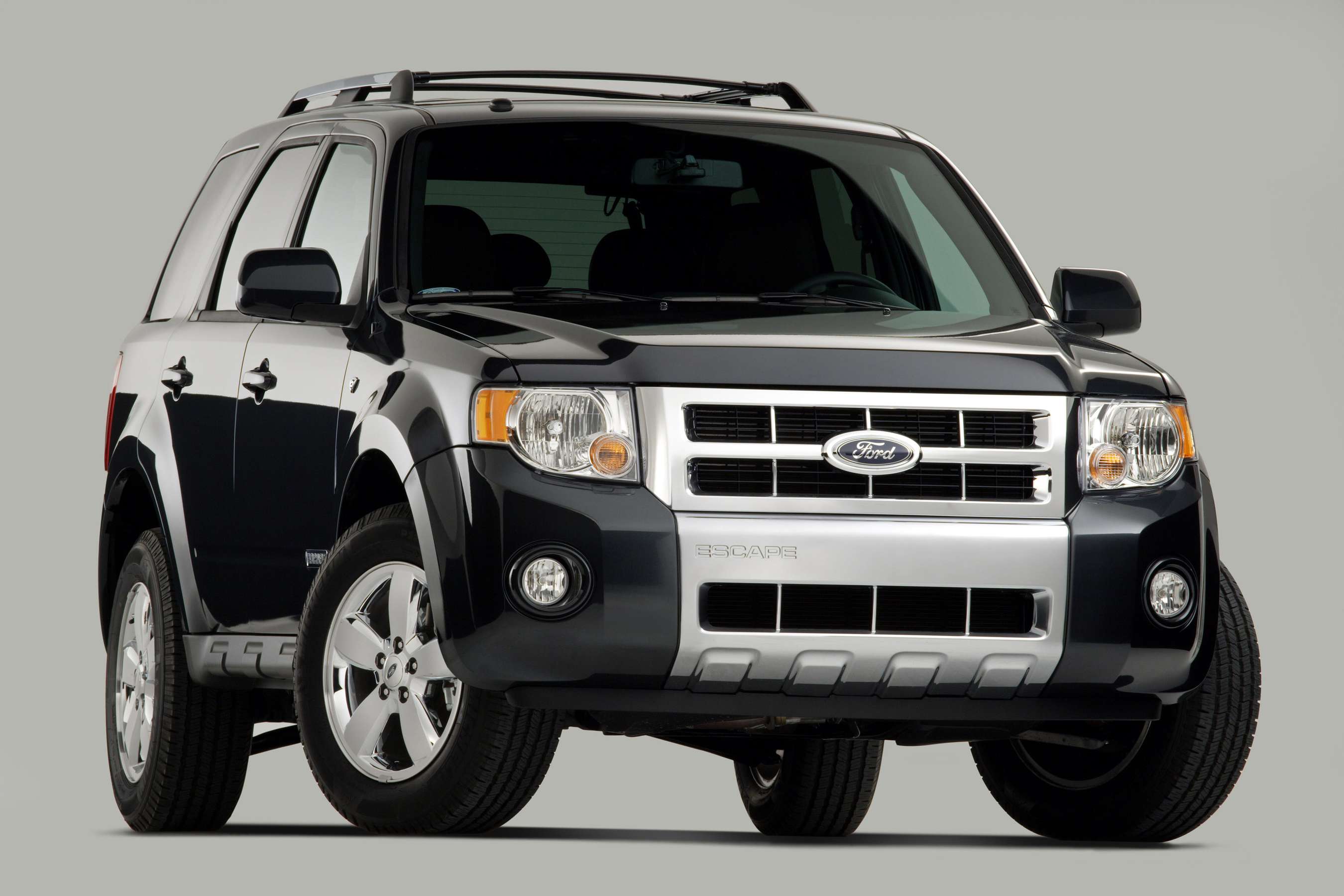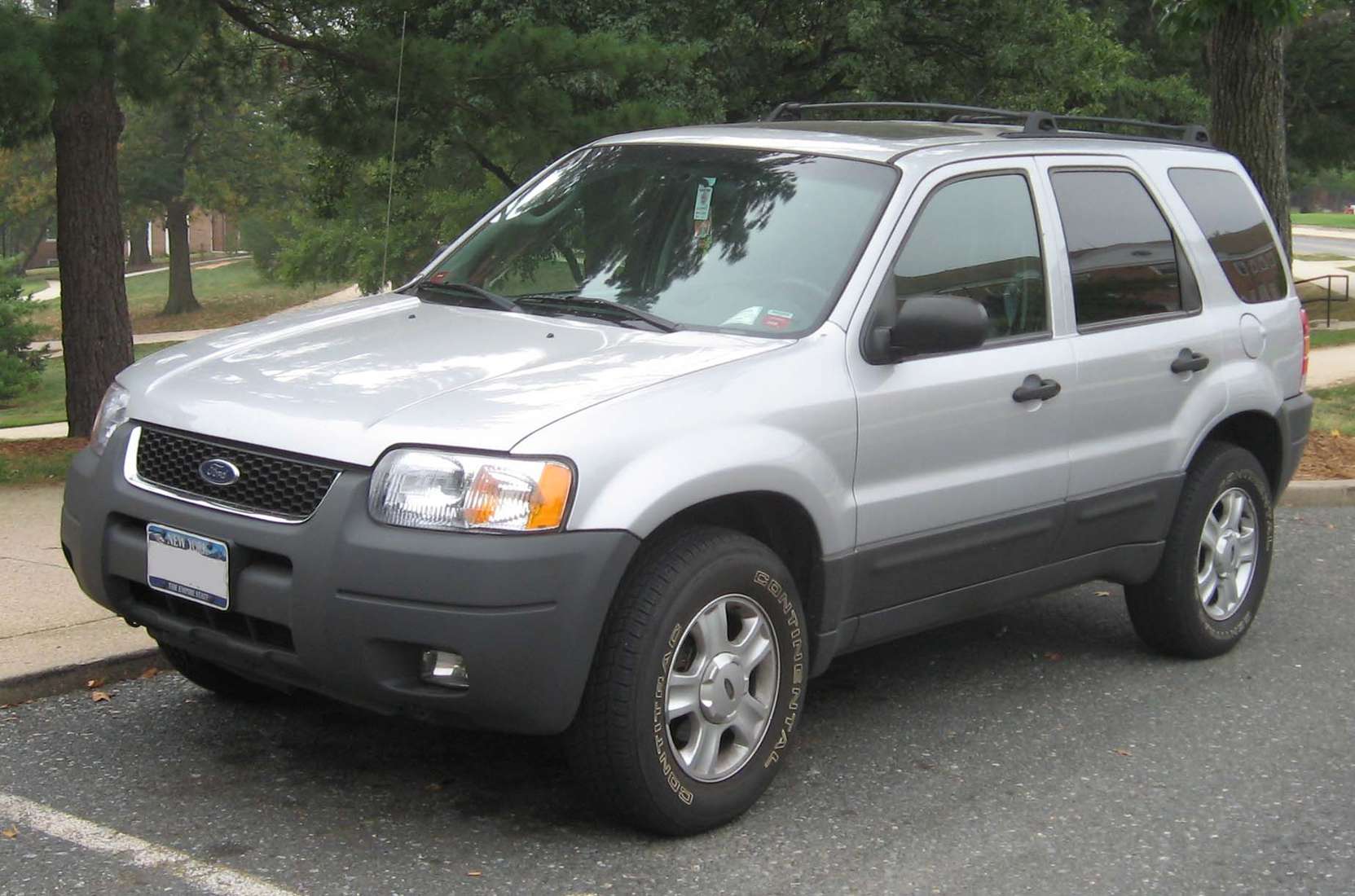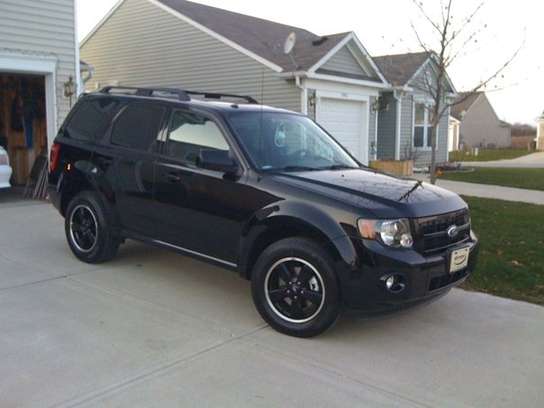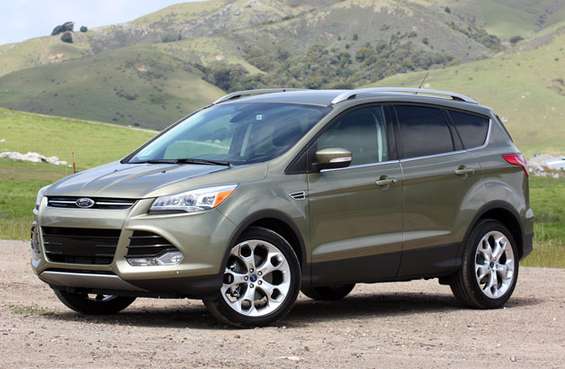2013 Ford Escape: certify a 6 L/100 km
The all-new Ford Escape with EcoBoost certify a 6 L/100 km - the most fuel-efficient small SUV on the market
The all-new Ford Escape SUV prefer the majority of Canadian drivers ensures fuel consumption 6 L/100 km certified by Transport Canada, the best category for a vehicle has automatic transmission. All engine choices of 6.9 L/100 km Escape reach or better on the road.
Escape with EcoBoost ® 1.6 L engine is 15% more energy efficient than the Honda CR-V and 13% more energy efficient than the Toyota RAV4 on the road.
The new Escape is more energy efficient than the previous model and fuel consumption on the highway is lower than the former Escape Hybrid.
The new Ford Escape is certified by Transport Canada as being the small SUV with the most fuel efficient in its class hatchback. The EcoBoost ® 1.6 L Escape engine is certified to 6 L/100 km - 15% better than the Honda CR-V and 13% better than the Toyota RAV4.
The three engines of the new Escape are certified to 6.9 L/100 km or better on the road. The EcoBoost engine 2 L certify to 6.9 L/100 km on the highway, surpassing the Toyota RAV4 and Chevrolet Equinox.
"The fuel economy of the all-new Escape illustrates the ongoing success of Ford in regards to the design of engines both smaller and more powerful," stated Raj Nair, vice president, Global Product Development Ford. "Ford understands that people want fuel-efficient vehicles without sacrificing power and space."
The EcoBoost 1.6 L of Escape - offered for the first time in North America - uses 6 L/100 km highway and 9.1 L/100 km in the city. Its power is 178 hp and torque of 184 lb-ft more than 20 horses and 30 lb-ft that the Mazda CX-5.
Those looking for a twin peak power has a very low consumption can opt for the EcoBoost engine 2 L whose consumption rating of 6.9 L/100 km highway and 9.8 L/100 km in the city. The EcoBoost engine 2 L generates an output of 240 horsepower and 270 lb-ft. He also owns a towing capacity assessed a 1 500 kg (3,500 lb), making it the leading small SUV turbocharger.
Consumption rating of 2.5L of Escape is 6.3 L/100 km on the highway - an improvement of 11% compared to the old engine series - and 9.5 L/100 km in the city.
EcoBoost engines are offered on the SE series versions, SEL and Titanium. The SE model is equipped engine 1.6 L series, while SE models? L and Titanium are equipped engine 2 L. The 2.5 L engine is available on the version of S.
Thanks to its EPA certification, the Escape is the newest vehicle to reach the range of fuel-efficient vehicles Ford.
Fuel consumption and optimum performance
EcoBoost engines are at the heart of Ford's plan to offer a remarkable fuel economy has millions of drivers. By 2013, more than 90% of the North American range of Ford vehicles will be available with EcoBoost technology. Ford also owns more than 125 patents on EcoBoost technology.
Both new engines combine the Escape key direct fuel injection and turbocharging the EcoBoost in addition to the dual independent variable cam timing (Ti-VCT) technology to provide even more kilometers per liter and allow customers to save money on fuel.
EcoBoost engines are twinned Escape has a 6-speed automatic transmissions SelectShift ® dual-function selector specially calibrated available serial. Drivers who want a more direct experience can manually control the speed selection by means of a switch on the left side of the selector lever.
Improved aerodynamics
A new active shutter grille helps to reduce fuel consumption of the Escape. Between the opening and the radiator grille of the shutter is monitored by the engine control module. It opens and closes automatically to keep the temperature of the engine has an ideal level and maximize aerodynamics.
The new Escape arrives in Canadian dealerships in May. In addition to fuel economy in mind Class, Escape has a tailgate detection technology movements similar to that found in the video games and MyFord Touch ® system has been level that makes the connection with even more easy digital devices.
The Escape is built at the assembly plant of Ford in Louisville, Kentucky.
Source: Ford
